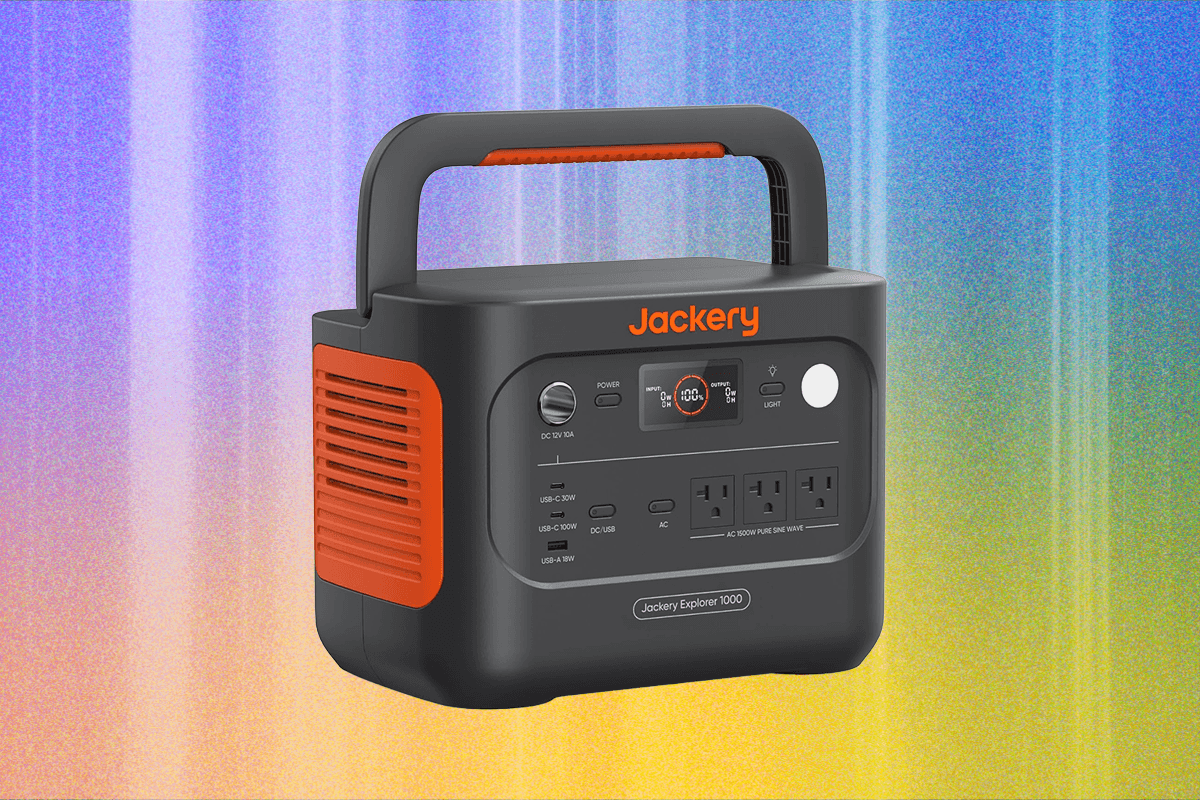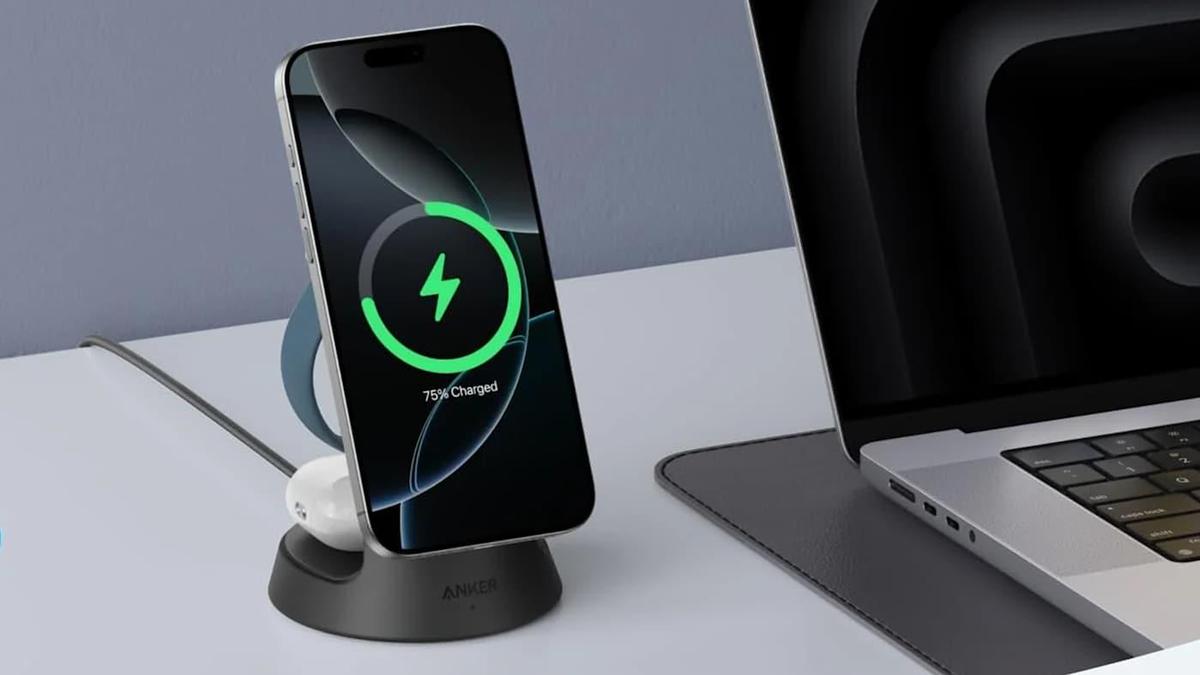AI Glucose Monitor & Oura Ring: Surprising Insights After 2 Weeks
AI Glucose Monitor & Oura Ring: Surprising Insights After 2 Weeks
Wearable technology is constantly evolving, offering us deeper insights into our health. I recently had the opportunity to test the Dexcom Stelo, an AI-powered continuous glucose monitor (CGM) designed for non-diabetics, in conjunction with my Oura Ring. The goal? To understand how my eating habits affect my blood sugar levels and overall well-being. Here’s what surprised me during those two weeks.

The Oura Ring and Stelo CGM Partnership
For years, I’ve relied on my Oura Ring to track sleep, recovery, and stress levels. So, when Oura partnered with Dexcom’s Stelo, I was eager to explore this new dimension of health data. This collaboration aims to help users understand the connection between eating habits, energy levels, mood, and recovery. As Maz Brumand, VP of Product for Oura, explained, the goal is to empower users to make sustainable, science-backed lifestyle changes.
What is Continuous Glucose Monitoring (CGM)?
Your blood sugar, or blood glucose, is the measurement of sugar in your blood. Glucose is your body’s primary energy source, fueling muscles, the brain, and cells. When you consume carbohydrates, your glucose levels rise. Your body then releases insulin to transport glucose into cells for immediate energy or storage.
For those without diabetes, monitoring glucose might seem unnecessary. However, frequent spikes and crashes in blood sugar can negatively impact energy, sleep, mood, and long-term metabolic health.
Why Should Non-Diabetics Care About Glucose Levels?
Even without diabetes, tracking your blood sugar can provide valuable insights into your body’s responses to different foods. It can reveal connections between cravings, sleep patterns, and overall metabolic health. According to Brumand, glucose provides a real-time window into metabolic health, influencing how we feel daily and our long-term resilience.
Getting Started with Stelo: Easy and Painless
One of the biggest surprises was how easy it was to set up the Stelo monitor. You can purchase the Stelo sensors directly from Oura. The application process was surprisingly painless, taking less than two minutes. Once applied to the back of my upper arm, I paired it with the Stelo app, and the data seamlessly integrated into the Oura app.
Understanding Glucose Ranges and Spikes
Before using the CGM, I assumed blood sugar was either stable or erratic. I quickly learned that fluctuations are normal, especially after meals. The American Diabetes Association states that a general target range for adults without prediabetes or diabetes is between 70 and 140mg/dL. Oura follows this range in its data visualization.
It’s important to remember that spikes are not inherently bad. As Renee Fitton, a registered dietitian and director of education at L-Nutra, explains, even healthy individuals can experience moderate glucose spikes daily. The key is to understand the frequency, duration, and magnitude of these spikes.
Interpreting Your Glucose Data
Many glucose monitors use customized ranges that adapt to your body’s baseline. When reviewing your glucose graphs, consider the context and trends rather than isolated spikes. A spike after dessert is expected. What matters most is how quickly your glucose returns to baseline and how consistently your levels remain elevated over time.
Occasional, moderate spikes that resolve quickly are generally not a cause for concern. However, frequent, high spikes that take a long time to resolve may indicate potential metabolic health issues. A completely flat glucose curve isn’t ideal either; you want gentle fluctuations as a sign of healthy metabolic flexibility.
Actionable Takeaway: Experiment with Your Diet
My biggest takeaway from using the Stelo CGM was the power of experimentation. By tracking my glucose levels, I could see exactly how different foods impacted my body. This allowed me to make informed choices about my diet and optimize my energy levels throughout the day.
Practical Tip: Start by tracking your glucose levels after different meals. Note which foods cause rapid spikes and which ones provide sustained energy. Use this information to adjust your diet and find what works best for your body.
The Future of Wearable Health Tech
The combination of devices like the Oura Ring and AI-powered CGMs represents a significant step forward in personalized health monitoring. By providing real-time data and actionable insights, these technologies empower individuals to take control of their health and make informed lifestyle choices. As wearable technology continues to evolve, we can expect even more sophisticated tools to help us understand and optimize our well-being.
FAQ About Continuous Glucose Monitoring
- Do I need a prescription to buy a CGM? No, many CGMs, like the Stelo, are available over the counter.
- What’s a normal glucose range? For adults without diabetes, a general target range is between 70 and 140mg/dL.
- Are glucose spikes bad? Not necessarily. Occasional spikes after meals are normal. The key is to monitor the frequency, duration, and magnitude of these spikes.
- Can stress affect my glucose levels? Yes, factors like stress, exercise, dehydration, and even sunburn can impact glucose levels.
Key Takeaways
- Continuous glucose monitoring can provide valuable insights into your metabolic health, even if you don’t have diabetes.
- The Oura Ring and Stelo CGM partnership offers a powerful tool for understanding the connection between eating habits and overall well-being.
- Experimenting with your diet and tracking your glucose levels can help you optimize your energy levels and make informed food choices.
- Don’t be alarmed by occasional glucose spikes; focus on the overall trends and how quickly your levels return to baseline.
This experience has truly changed the way I think about food and its impact on my body. I encourage anyone interested in optimizing their health to explore the possibilities of wearable health technology.
Source: CNET



